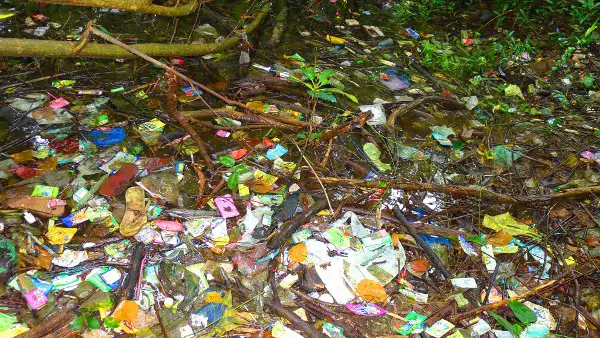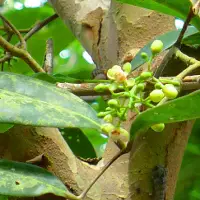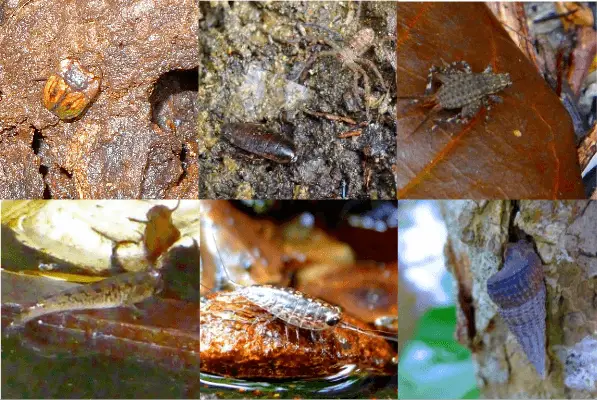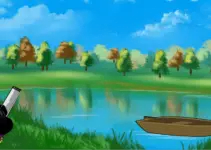Can a three-hour Bioblitz yield useful information? This article highlights the results of a quick trip to a coastal fringe. See what flora and fauna could thrive in a disturbed mangrove ecosystem.
The past two weeks had been quite busy for me as I try to keep up with two graduate and two undergraduate subjects in the university. One of those undergraduate subjects is titled marine methodology.
As an initial step in field exploration, I introduced my students to BioBlitz, a survey method where they have to record all living species within a designated area at a given period of time. The laboratory period for the class is only three hours every Friday so I designated a nearby mangrove area as the site for the activity. I intend to conduct the usual 24-hour duration BioBlitz when we go out in the field in the coming months. At best, it is only a taste of field work.
The Water as Convenient Waste Basket
We walked off at around 7:30 in the morning down to the eastern coastal fringes of the university where a clump of mangroves had grown quite well. I cautioned them to apply OFF lotion to ward off pesky mosquitoes and sandflies common in these forests. They also need to wear old shoes, sneakers or boots to keep their foot safe from shards of glass, nails or similar objects that we might step on. Incidentally, the back portion of some buildings had become dumping grounds for waste materials including bottles, old papers, and assortment of things in the office. I wonder if the administration knows about this undesirable practice.
We negotiated a slippery trail down a steep slope and were greeted by lots of floating waste carried by the waters probably from nearby places. An ordinance prohibits indiscriminate throwing of wastes but then the scene shows something is amiss in people’s attitude. The ordinance seems to work only in visible areas but not in the city’s waters. I thought I’d spearhead a coastal clean up and massive information campaign to prevent such build up of waste that lowers the quality of the environment.

With BioBlitz in mind, we proceeded to the shallower regions of the mangrove ecosystem to inventory whatever we could find. It was high tide at 8 o’clock so we have to contend with the limited muddy strip where we could walk without fully submerging our waists. Everyone was mindful that they still have to attend their next class at 10:30 am and had to avoid getting wet all over.
Plant and Animal Species in the Narrow Stretch of Mangrove

I lectured on some species of mangroves and their peculiar characteristics. Notable among these mangroves is Xylocarpus granatum, the monkey puzzle mangrove, easily identified by its pomelo-like fruit and chocolate brown petiole. The other mangrove species we found were the common stilt-rooted Rhizophora spp. , Lumnitzera littorea, Avicennia sp., and Sonneratia sp. We also noted mangrove associates like Nypa fruticans, Heritiera littorea, Excoecaria agallocha, Acrostichum aureum, and Pandanus sp. Just next to these mangroves and their associates are large trees of bangkal (Nauclea orientalis) growing at the slopes.
Below are pictures of macroorganisms found in that narrow stretch of mangrove:

I saw a crab but this quickly dipped underwater when I approached it. What was left was an indiscernible picture of the crustacean.
Despite the short duration of our quick survey, we had an actual glimpse of the mangrove ecosystem and its component flora and fauna. The students surely have learned to appreciate the mangrove ecosystem and came up with ideas on how they could unravel more information from what they have personally experienced; that learning and enthusiasm showed up in their field report.
© 2014 July 14 P. A. Regoniel


